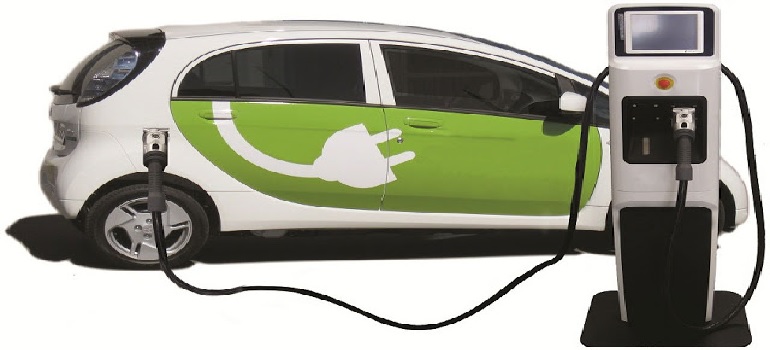
Frost & Sullivan in its recent reports said more than 2.8 million electric vehicles (EVs) are likely to be sold globally in 2019, of which 68% will be battery EVs (BEVs) and 32% will be plug-in hybrid EVs (PHEVs). The EV market is expected to account for 3% of the total passenger car market in 2019.
China will continue to lead for the fifth consecutive year with more than 58% of the total share, followed by Europe and North America, said the report.
There are likely to be a few changes on the leader board in the future with the rise of the Africa, Middle East, Latin America, and South Asia markets. While these regions will enjoy strong government support in the form of incentives and subsidies for both EV automakers and car buyers, countries such as China, the UK, and the US will experience a reduction in incentives.
In the US, federal incentives will expire for original equipment manufacturers (OEMs) that have achieved sales of 200,000 EV units.
“Sales from Asia-Pacific accounted for 60.3% of the total sales in 2018, followed by Europe with 22.0%. However, the year-on-year growth rates were the highest in Canada (137.4%), South Korea (83.4%), and the US (77.1%),” said Prajyot Sathe, Industry Manager, Mobility. “In Canada and South Korea, the growth was mainly due to the availability of a higher number of models, whereas in the US, it was largely a result of the popularity of the Tesla Model 3. While 207 models (143 BEVs and 64 PHEVs) were available in 2018, 45 new models comprising 37 BEVs and 8 PHEVs will be added in 2019.”
“Toyota and Volkswagen will remain strong volume brands, while Tesla is working to shake off the tag of being a premium offering. Among HEVs, Toyota is proving the most popular automaker, while Audi leads among PHEV car owners,” noted Sathe. “By 2025, more than 40 million xEVs are forecast to be sold globally and are anticipated to account for approximately 28.6% of the total passenger vehicle market.”
Owing to China’s dominance of the EV market, vehicle OEMs have targeted the country for partnership opportunities.
Successful OEMs will make the most of the growth opportunities also presented by:
- Fostering partnerships and co-innovating through technology sharing.
- Electrifying the powertrains of existing portfolios by providing EV and PHEV options.
- Adopting a common standard for charging EVs to increase ease of access to the infrastructure.
- Incorporating fast charging in all BEVs.
- Developing EVs with a range of over 300 miles, in addition to autonomous driving.
- Exploring new markets such as Africa, the Middle East, Latin America, and South Asia.
- Identifying white spaces and implementing newer business models from other verticals.
Frost & Sullivan‘s recent analysis, Global Electric Vehicle Market Outlook, 2019, presents the regional EV market outlook for North America, Europe, and China, and analyzes their growth potential for 2019.
